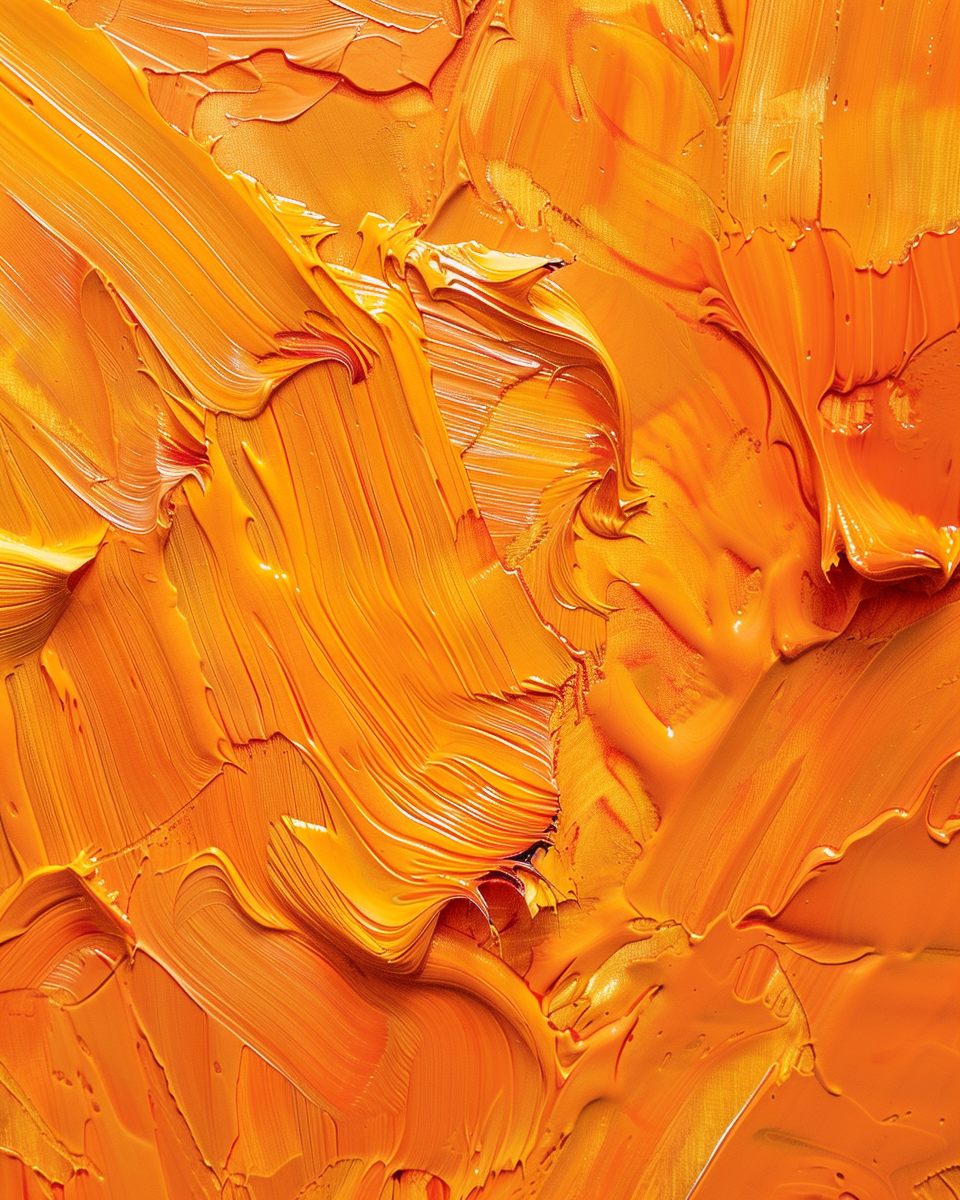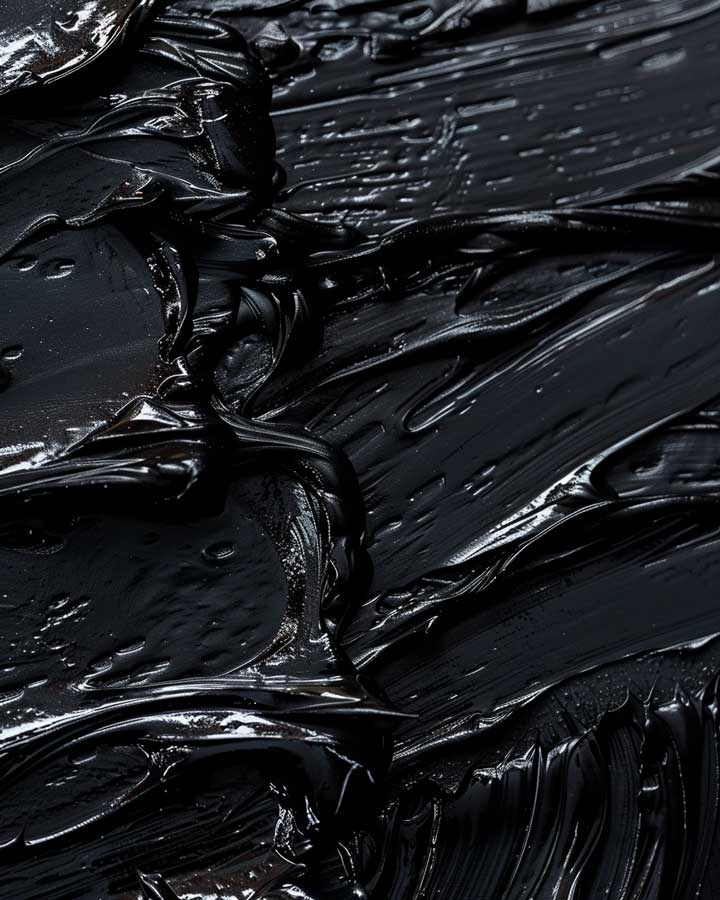- Category
Shop By
Shopping Options
Rublev Colours Artists Oils—Traditional and Modern Oil Paint
Oil paint is a slow-drying paint that consists of pigment particles suspended in a drying vegetable oil, commonly linseed oil. Other drying oils have been used throughout its history, such as walnut, poppyseed, hemp, and, more recently, safflower oil. The viscosity of oil paint may be modified by thinning with a solvent such as turpentine or mineral spirit (white spirit). Oil paintings are often varnished to increase the glossiness of the dried oil paint film and to saturate colors. Adding oil or an alkyd medium can also modify the viscosity and drying time of oil paint. The thickness of the coat has considerable bearing on the time required for drying: thin coats of oil paint dry relatively quickly.
Oil paint is a traditional medium used by artists in Europe since the 12th century. Can there really be anything new in artists’ oil paint? With so many different brands to choose from, how does one distinguish between them? It is relatively simple, as explained in Is There Anything New in Artists’ Oil Paint?
Rublev Colours Artist Oils are made by Natural Pigments. What makes them different from all other commercial oil colors? Why do we say that Rublev Colours Artist Oils are the only truly traditional oil colors today? Read our description of Rublev Colours Artist Oils for complete information.
Visit our Swatch and Pigment guide for details on Rublev Colours Artist Oils hand-painted color swatches and where to find pigment information. For artists interested in Munsell Notation of Rublev Colours Artist Oils, visit the table of .
Color Notes : Watch Oil Paint in Action on YouTube
Visit Rublev Colours YouTube channel for many more videos on Rublev Colours Artist Oils.
Vibrant And Bold: Exploring Ultramarine Violet Color Notes
Uncovering Venetian Red: The Pigment that Recalls the Italian Renaissance
The Mystery Of Transparent Iron Oxides: Unraveling Their Secret To Transparency
Discover The Captivating Raw Umber: Unveiling Nature's True Earth Tone!
Secrets Of Burnt Sienna: History, Properties, And More
Unlocking the Secrets of Chromatic Black Oil Paint: A Comprehensive Guide for Artists
Rublev Colours YouTube Channel
See your favorite colors in action in our YouTube Color Notes series. Each episode features one or two oil colors in mixtures with others. Each also has a demonstration of how to make paint with that pigment. Watch Color Notes on YouTube.
Frequently Asked Questions
What are oil paints made of?
Oil paints are among the simplest paints, yet they have exceedingly complex drying properties. Oil paints consist of a binder—a drying vegetable oil—and pigment. Pigments are solid colorants suspended in vegetable oil—commonly linseed oil. Vegetable oil gives oil paint its slow-drying properties, which are highly prized by artists even today. Commercial oil paints may contain other ingredients, such as extender pigments, pigment stabilizers, and driers.
What are the advantages of oil paints over other types of paint?
The main advantages of oil paints are their flexibility, slow drying, and colorfulness. They can be applied in many ways, from thin glazes to dense, thick impasto. Because it is slow drying, artists can continue working with the paint for much longer than other types. Oil paint films offer higher color saturation when compared to waterborne paints.
What kind of surface should be used with oil paints?
The most common surface for oil paint, which has been used for centuries, is stretched primed canvas. Stretched canvas, also known as flexible supports, is susceptible to tears and sagging and becomes brittle. Modern alternatives include plywood panels, medium-density fiberboard (MDF), and hardboard. The disadvantage of rigid wood supports is that they warp and crack. Aluminum composite material or ACM panels offer one of the best choices for today’s artists. Lightweight and strong, they do not warp, crack, tear or sag.
Why is oil paint expensive?
The biggest cost of paint is pigment. Pigments make up a large volume of artists’ oil paint and also the highest cost of all the materials used to make paint. The cost of pigments ranges from tens to hundreds of dollars per kilogram. Rare historical pigments can even cost thousands of dollars per kilogram. So, it is no surprise that artists’ paints are expensive.
What supplies do I need for oil painting?
Obviously, you'll need oil paint. You will also nerf a set of round and flat brushes. Imitation Mongoose brushes are excellent for all-around painting. Contrary to what most believe, you do not need turpentine or another solvent to clean brushes. A brush washer filled with vegetable oil will clean brushes. Next, you will need refined linseed oil, and a bodied linseed oil. A palette knife and palette are indispensable for mixing colors. Rags or paper towels are a must. Finally, but most important, is a painting support, such as Artefex ACM panels.
Where is Rublev paint made?
Rublev Colours paints are meticulously crafted in small batches in Northern California, ensuring each pigment and oil blend meets high standards of quality and authenticity.
What is the best paint for oil painting?
The best oil paint depends on the artist's preference and style. Professional artists often prefer high-quality paints like Rublev Colours for their extensive line of traditional and natural pigments and durability.
What is the most expensive oil paint pigment?
Historically, Lapis Lazuli was one of the most expensive pigments used to create a vivid blue. Today, some of the rare pigments can be quite costly due to their rarity and complex production processes, such as Azurite, Cinnabar, and Vermilion.
What is the best oil paint brand?
While subjective, many artists consider Rublev Colours Artist Oils to be a top brand for professional artists. Artist Sophie Ploeg wrote in her blog: "Rublev oils are a unique paint in that they set out to only use historic pigments and provide us with the paints of the old masters. A noble aim perhaps. These paints are professional premium paints and definitely not for all. But for some they are the the best of the best." To learn more visit her blog.
What is the oldest oil paint brand?
Brands like Winsor & Newton have a long history, dating back to the 19th century. However, the concept of branded oil paint is relatively modern compared to the history of oil painting itself.
What paint do professional artists use?
Professional artists often use high-quality paints like Rublev Colours, among others, known for their high-quality pigments, consistency, and longevity.
Why is blue oil paint so expensive?
Not all blue oil paint is expensive. However, blue pigments, like Ultramarine made from Lapis Lazuli, are expensive due to the cost of sourcing natural materials and the complex process of turning them into pigment.
Author: George O'Hanlon—See Author's Biography













